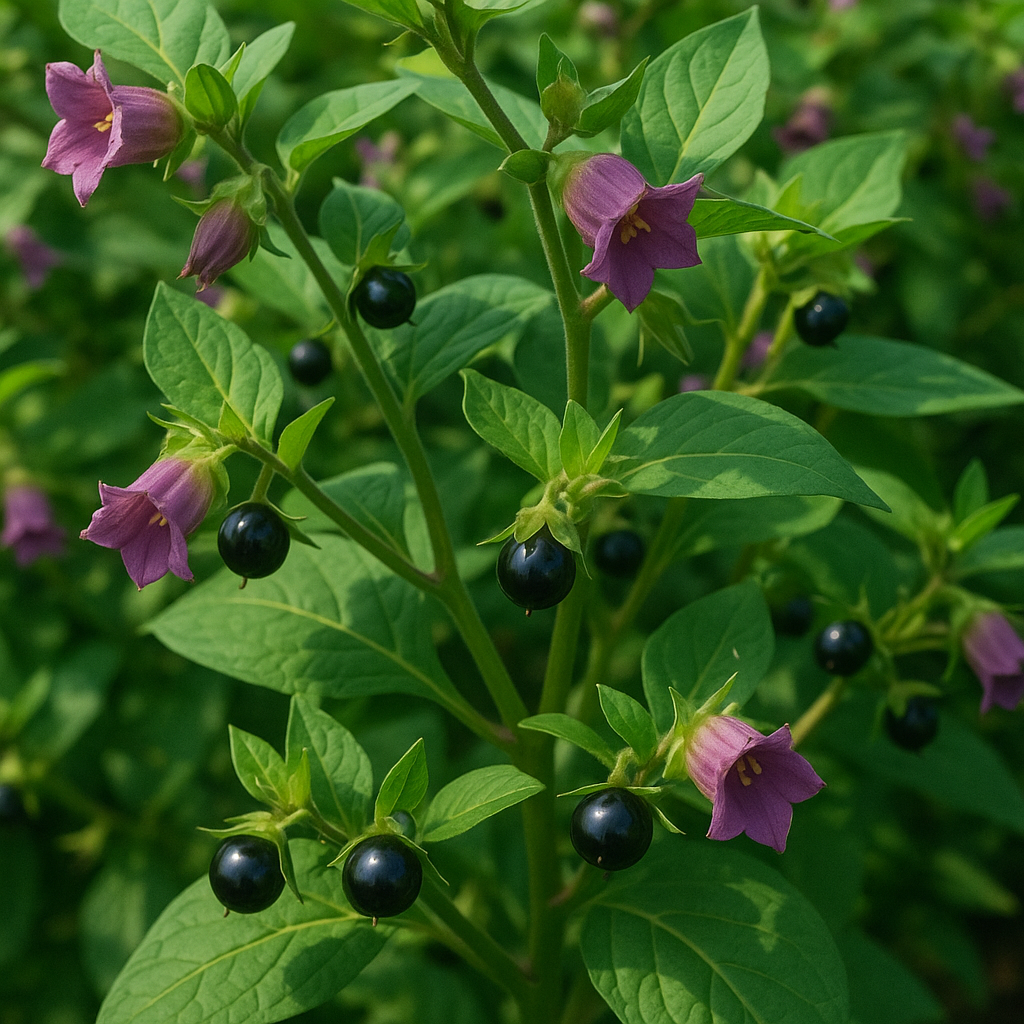Coriandolo vietnamita: L'erba aromatica per piatti saporiti
Informazioni sul Coriandolo Vietnamita
Coriandolo Vietnamita, noto anche come Persicaria odorata o Rau Ram, è un'erba profumata e saporita ampiamente usata nella cucina del Sud-est asiatico. A differenza del coriandolo comune, ha un sapore leggermente limonato e pepato che esalta zuppe, insalate e saltati in padella.
Su Organicindiaseeds.com offriamo semi premium di Coriandolo Vietnamita così gli appassionati di giardinaggio domestico possono coltivare questa pianta facile da curare, erba aromatica nei loro orti o contenitori da cucina. È una pianta versatile e a crescita rapida che porta sapore fresco tutto l'anno.

Perché coltivare il coriandolo vietnamita?
-
Sapore Fresco e Unico: Aggiunge un gusto limonato e pepato ai piatti.
-
Facile da Coltivare: Prosperare in climi caldi e ombra parziale, rendendolo perfetto per i giardini domestici.
-
Crescita Rapida: Pronto per il raccolto in 3–4 settimane dalla semina.
-
Ricco di Nutrienti: Ricco di vitamine A e C, antiossidanti e minerali.
Quando Piantare il Coriandolo Vietnamita
-
Periodo Migliore per la Piantagione: Primavera fino all'inizio dell'estate per condizioni calde e umide.
-
Germinazione dei semi: i semi germinano generalmente in 7–14 giorni.
-
Raccolta continua: seminare i semi ogni poche settimane per mantenere una fornitura costante di foglie fresche.
Dove coltivare il coriandolo vietnamita
-
Luce solare: preferisce ombra parziale a pieno sole; protegge le foglie dalle scottature nei climi caldi.
-
Terreno: prospera in terreno ricco e ben drenante con aggiunta di compost organico.
-
Contenitori: perfetto per vasi, giardini su balcone o fioriere da cucina.
-
Clima: preferisce climi caldi e umidi, ma può crescere indoor in regioni più fresche.
Come coltivare il coriandolo vietnamita

-
Preparazione dei semi: immergere i semi in acqua tiepida per 2–4 ore prima della semina.
-
Semina: seminare i semi a ¼ di pollice di profondità in vassoi o vasi riempiti con terreno ricco di nutrienti.
-
Irrigazione: mantenere il terreno uniformemente umido, ma evitare ristagni d'acqua.
-
Diradamento: una volta che le piantine raggiungono 2–3 pollici, diradarle a 15–20 cm di distanza per favorire una crescita sana.
-
Trapianto: trapiantare in vasi più grandi o aiuole una volta che le piantine sono robuste.
Come prendersi cura del coriandolo vietnamita
-
Irrigazione: l'irrigazione regolare e costante è fondamentale, specialmente in climi caldi.
-
Concimazione: applicare concime liquido organico ogni 3–4 settimane per sostenere una crescita rapida.
-
Potatura: pizzicare o tagliare regolarmente le foglie per favorire una crescita cespugliosa.
-
Parassiti: Generalmente resistente ai parassiti, ma attenzione agli afidi; trattare con olio di neem biologico se necessario.
Piante compagne per il Coriandolo Vietnamita
Coriandolo Vietnamita cresce bene accanto a altre erbe e verdure:

-
Basilico: Migliora le combinazioni di sapori nei piatti asiatici.
-
Menta: Cresce bene in condizioni simili e allontana i parassiti.
-
Peperoncini: Beneficiano dei nutrienti condivisi nel terreno e dell'ombra parziale.
Suggerimento per la posizione dell'immagine: Includi una foto del Coriandolo Vietnamita che cresce accanto ad erbe compagne per mostrare visivamente un giardino di erbe rigoglioso e prospero.
Raccolta del Coriandolo Vietnamita
-
Tempo di raccolta: Le foglie possono essere raccolte in 3-4 settimane, una volta che le piante sono ben radicate.
-
Come raccogliere: Usa le forbici per tagliare le foglie esterne, permettendo alle foglie interne di continuare a crescere.
-
Fornitura continua: La raccolta regolare favorisce la nuova crescita e prolunga la produttività della pianta.
Considerazioni finali sul Coriandolo Vietnamita
Coltivare Coriandolo Vietnamita è un esperienza semplice e gratificante per gli appassionati di giardinaggio domestico. Le sue foglie aromatiche e al limone esaltano i piatti quotidiani e portano un tocco del Sud-est asiatico nella tua cucina. Inizia a coltivare il tuo Coriandolo Vietnamita da semi di qualità su Organicindiaseeds.com e goditi erbe fresche e saporite tutto l'anno.



Commenta
Questo sito è protetto da hCaptcha e applica le Norme sulla privacy e i Termini di servizio di hCaptcha.